[[bpstrwcotob]]
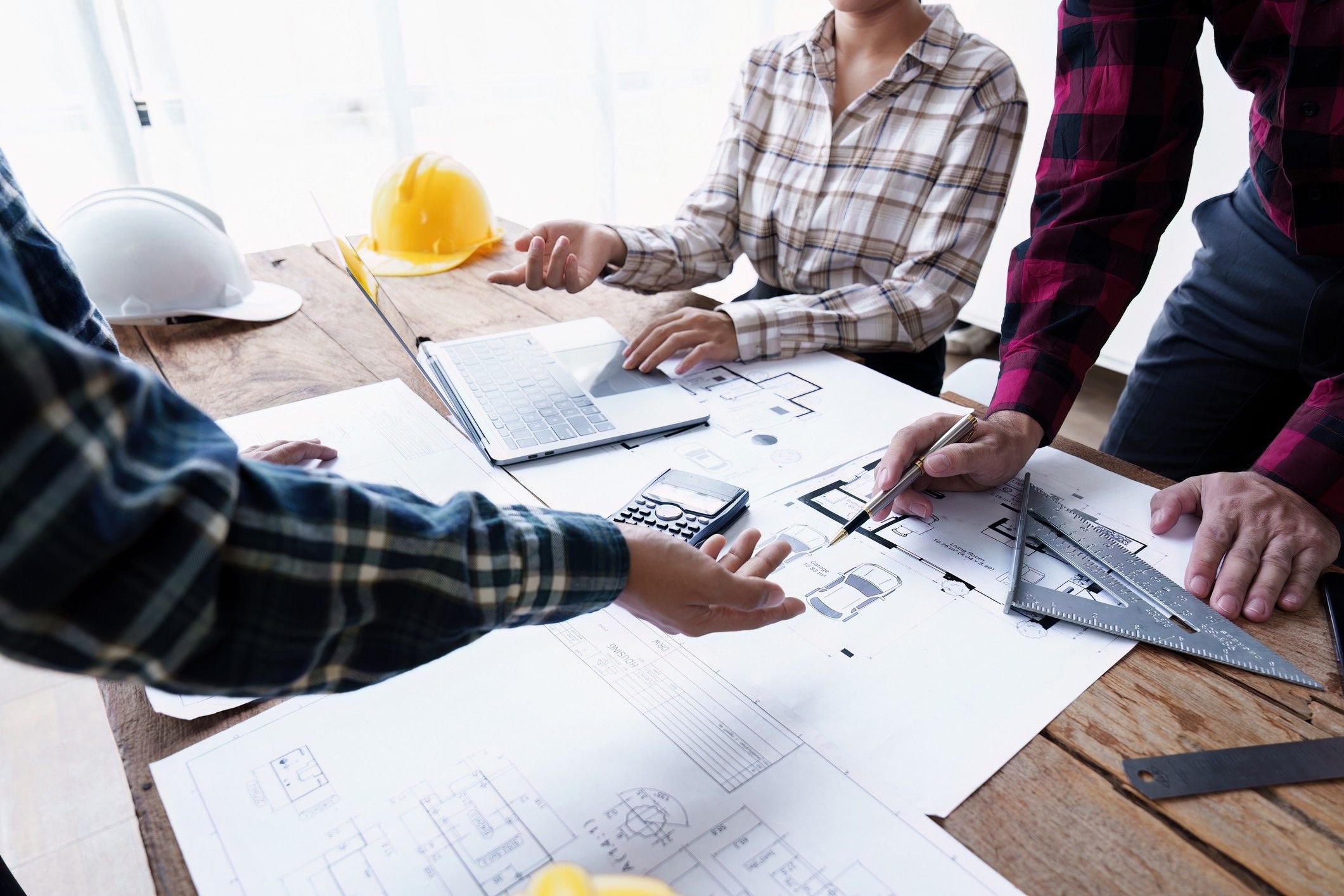
A Proactive Stance: The Importance of Advance Lab Planning
Proactive, early-stage planning for laboratory design and construction—including assembling a leadership team, conducting assessments, developing a master plan, programming space, prioritizing safety, and incorporating branding—enhances project efficiency, reduces costs, and creates a high-quality, distinctive research environment that supports innovative work and gives organizations a competitive edge
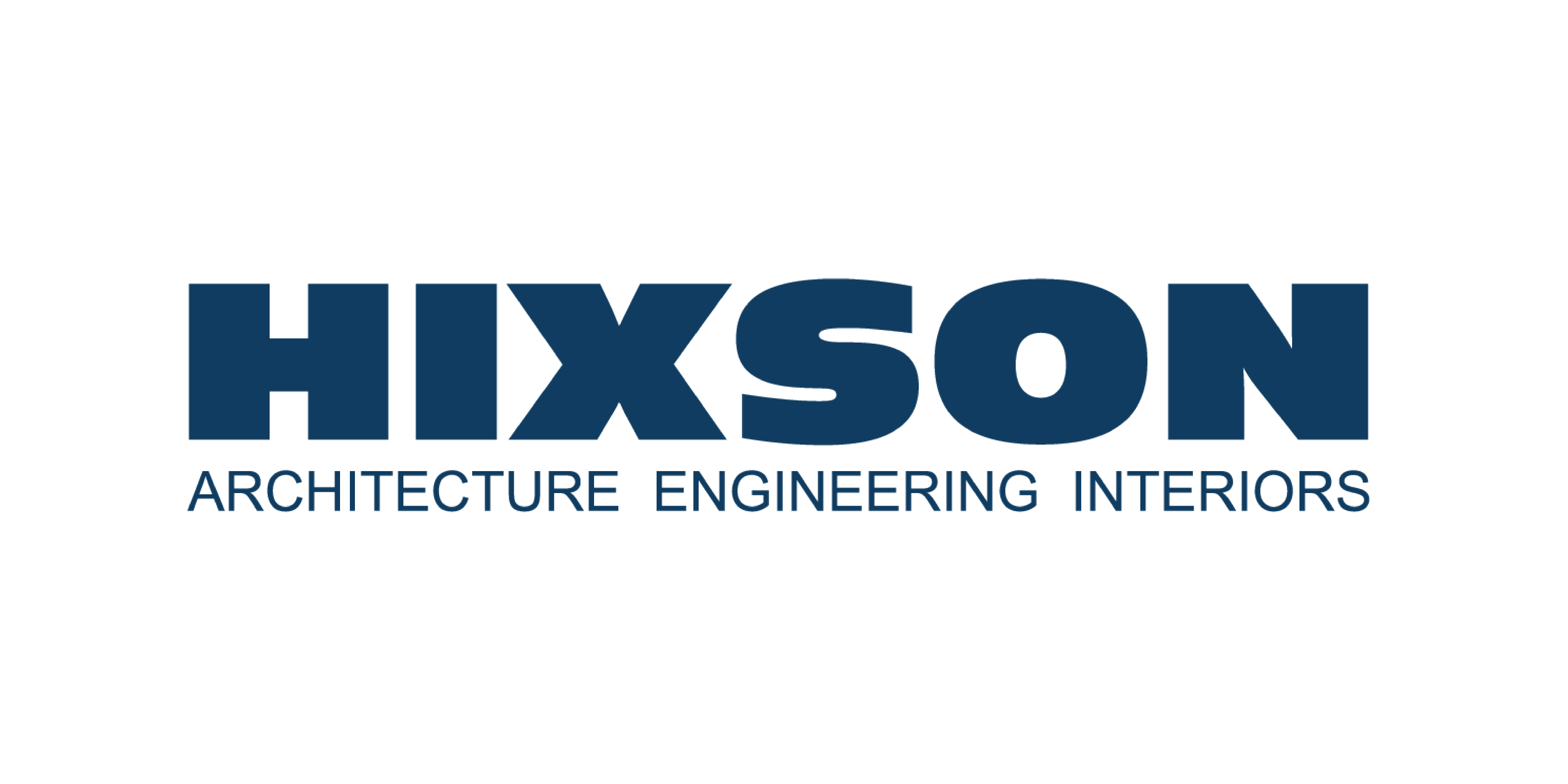
From Vision to Reality: Hixson Demonstrates Expertise in Lab Facility Design
Hixson Architecture, Engineering, Interiors collaborates closely with clients to design research facilities that integrate sophisticated environmental controls and ensure seamless interaction between workspaces and research needs
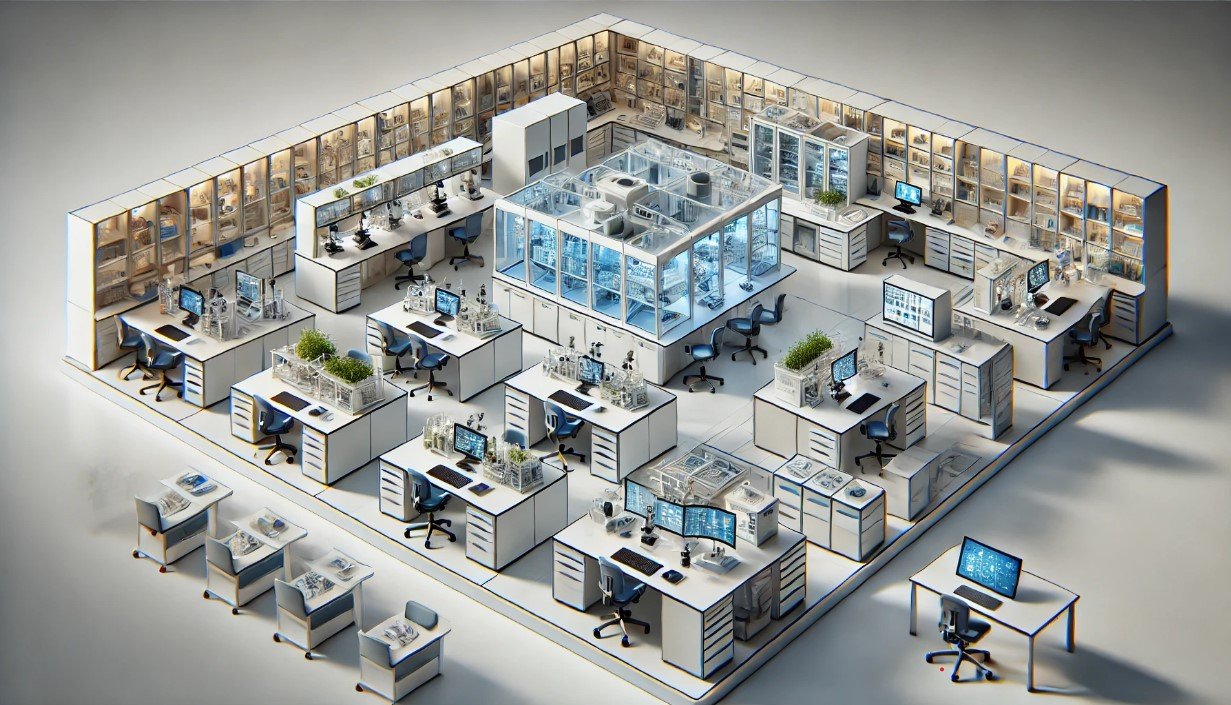
Modular Laboratory Design: Flexibility and Scalability for Modern Labs
Whether you're building a new lab or upgrading an existing one, modular laboratory design provides the flexibility and scalability needed to keep pace with the ever-changing world of science and research.
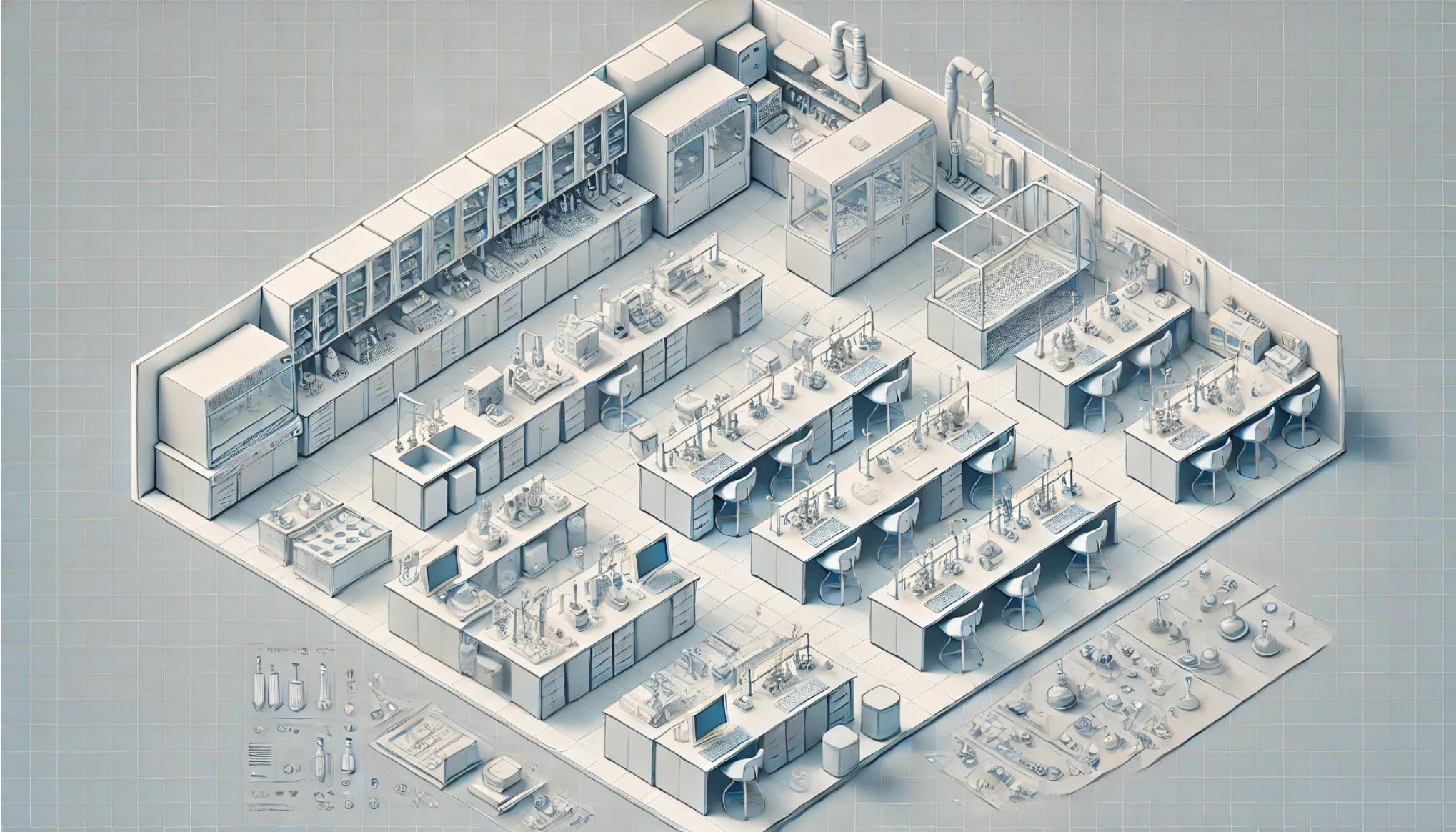
10 Laboratory Layout Tips to Improve Workflow and Efficiency
Optimize your lab's workflow and efficiency with these essential laboratory layout tips. Learn how to design an efficient lab space, improve safety, and boost productivity with flexible and well-organized work zones
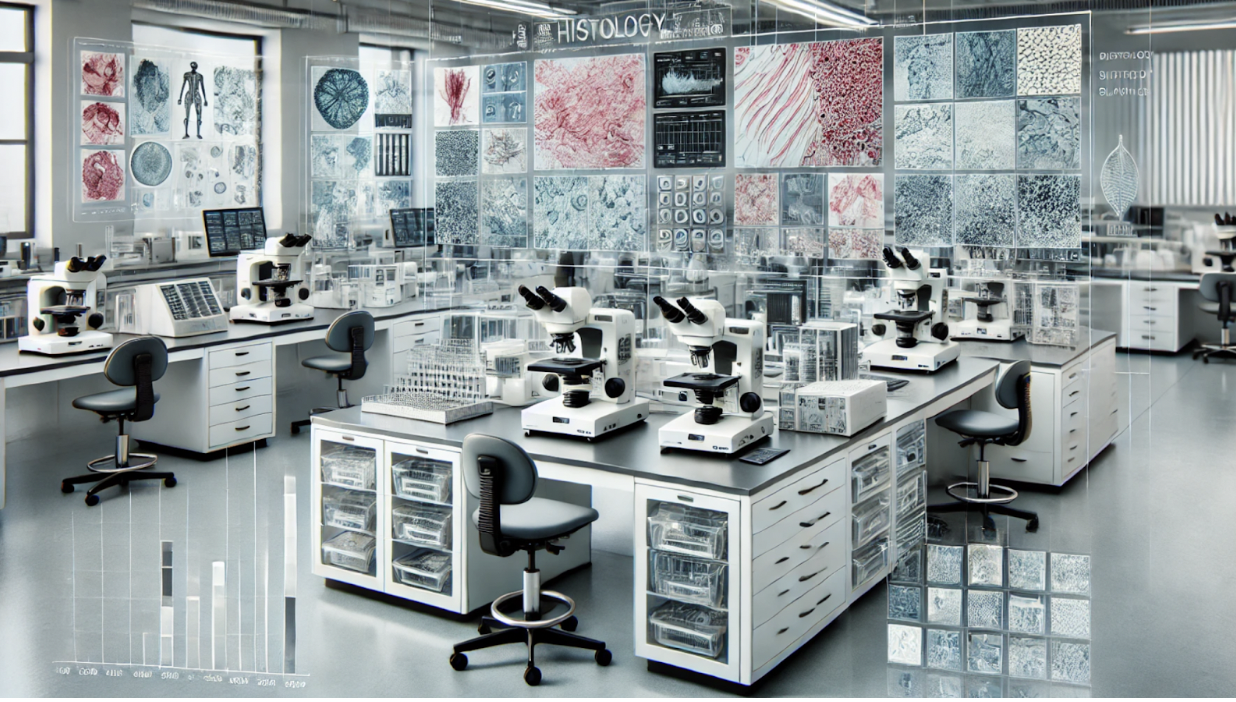
Histology Laboratory Design: Creating Efficient and Safe Spaces
Designing a histology laboratory involves more than just arranging equipment and workstations

Council on Tall Buildings and Urban Habitat Aims to Understand and Address the Global Density Dilemma
City of London & Paris La Défense leaders join international forum on adaptive reuse, sustainability & well-being
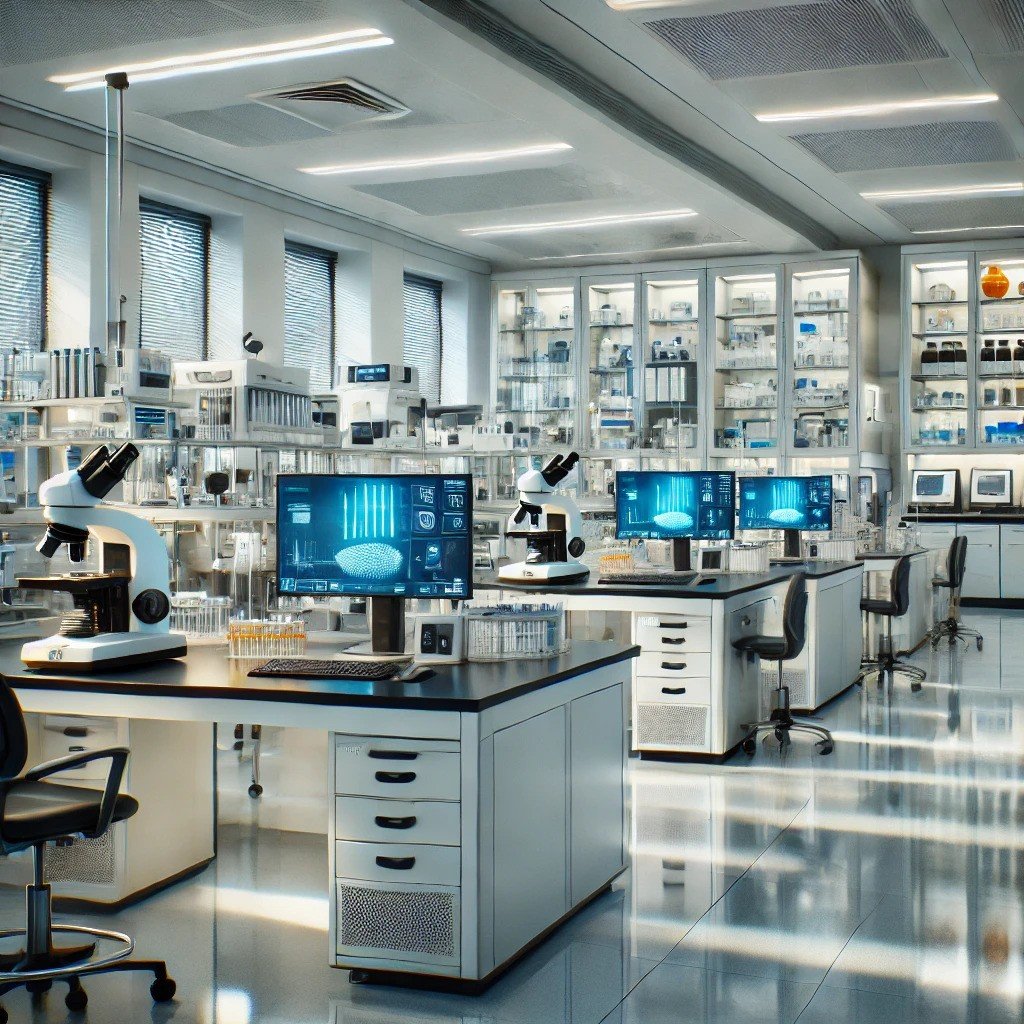
IVF Laboratory Design: Creating Optimal Environments for Success
This article explores key aspects of fertility lab design and reproductive lab layouts to create an effective and efficient IVF lab

Overcoming Design Challenges at 135 Mississippi: MBC Biolabs' Latest Facility
This project is a prime example of how adaptive reuse can revitalize existing infrastructure into a contemporary setting for advanced scientific exploration and cooperative efforts by transforming a nearly century-old structure into a state-of-the-art environment for scientific innovation and collaboration
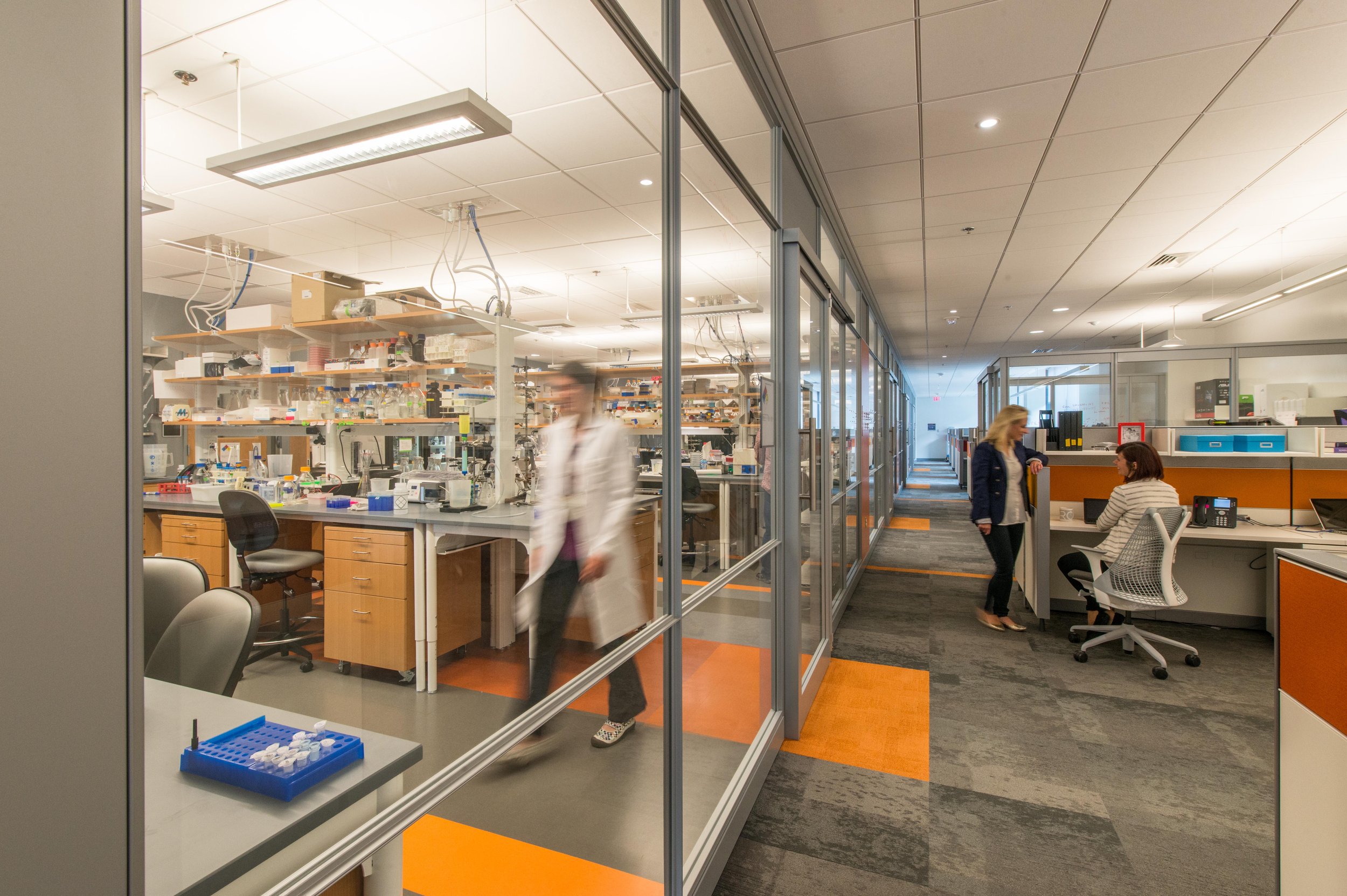
Academic Lab Design: Better Science by Solving Present and Future Needs
For academic lab design, this requires striking the right balance between serving present-day needs and setting the stage to support future exploration of promising new research, collaborations, and technologies

Across the Table: Inclusion and Lab Design
In reading documents on the subject I see that concerns fall into two primary categories, the physical design of the laboratory and the behavior of managers in response to needs
